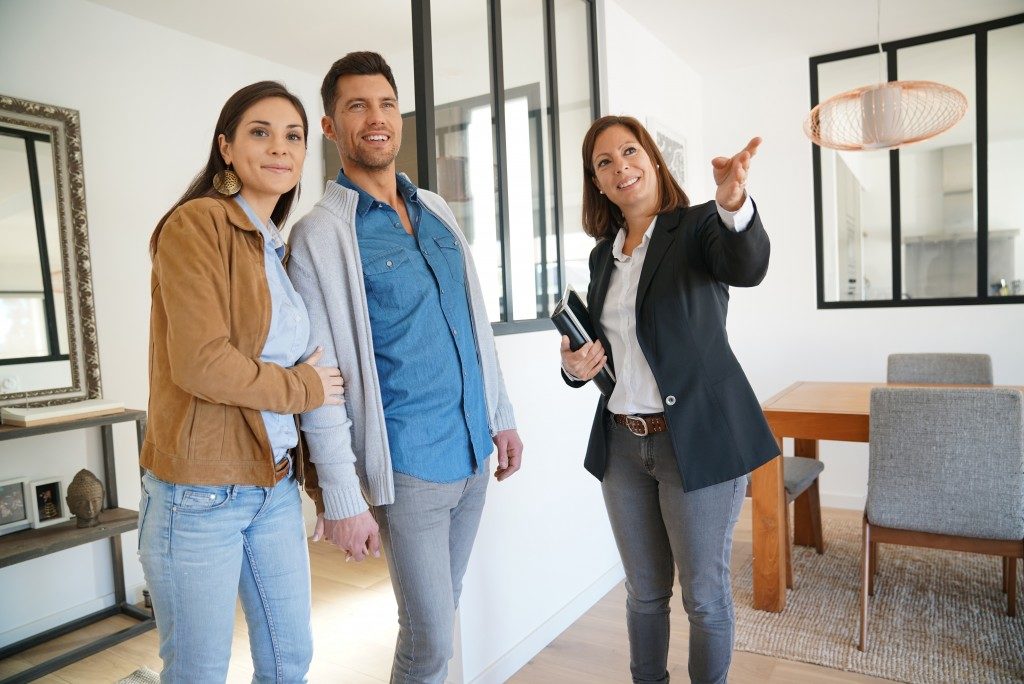A few more weeks and you’re ready to move in to your newly-built home. Before you plan the merrymaking, parties, and sleepovers, there’s some serious business you should be getting ready for first: the final walk through. It’s important to be attentive during this tour, so you can inspect everything and ask the right questions to your builder. Here are the things you should be looking out for:
At the home’s exterior
The first thing you should examine is the ground around the foundation of the home. It must slope away from the house that the water won’t puddle around or close to the foundation. You can test this out by simply using a garden hose. The next thing you’re supposed to inspect is the roof. The shingles should be flat and similar in appearance. When you look at it from a distance, they must have straight lines all throughout the surface. Watch out for broken or cracked elements if you have a tiled roof. Don’t forget the downspouts, too. They should be able to keep water away from your property.
Next, see the windows and doors. Tight sealing and secure weatherstripping are what you’re looking for, not cracks and damages in the trims. If you see the latter, give your builder a heads up. Finally, check out the paint job. It should be smooth. There shouldn’t be any chipping or peeling. It must cover all surfaces. An important note for all these inspections: take note of them either in a list or in photos. While your builder puts blue tape to mark the flaws that need improvement, you should keep track of them yourself so it’s easy to confirm later if they were indeed addressed. Don’t hesitate to raise any concern to your home builder. Guelph-based contractors highly encourage clients to voice observations to reduce hassle on moving day.
At the home’s interior
 Windows and doors should also be on your mind when you go inside the actual home. The locks on the fixtures must be functional. The glass must not be loose or cracked. Similar to the exterior, painting must be uniform and sleek, too. From there, go inspect the structure, like the architectural beams and columns, walls, ceilings, and floors. They should be stable and sturdy. They must have the finish you prefer. Next, move to the plumbing fixtures. Are the faucets functional? Do they have scratches on the surface? Is there even water?
Windows and doors should also be on your mind when you go inside the actual home. The locks on the fixtures must be functional. The glass must not be loose or cracked. Similar to the exterior, painting must be uniform and sleek, too. From there, go inspect the structure, like the architectural beams and columns, walls, ceilings, and floors. They should be stable and sturdy. They must have the finish you prefer. Next, move to the plumbing fixtures. Are the faucets functional? Do they have scratches on the surface? Is there even water?
Next, test out the electrical features like the outlets. If you can plug in a small equipment like a hair dryer, the better. Try the other electrical systems as well, like the intercom system or the garage door opener. Same with the appliances. Confirm if they’re indeed the models and specifications you requested in your original plan. A reminder: When examining elements inside your home, look at them at different angles. You just might notice flaws you wouldn’t otherwise see when standing.
Note that the walk-through isn’t just about the inspection of things you see now, but also a preparation for the actual homeownership. You must be able to talk to your builder about warranty. Some builders provide one to two-year service for electrical and plumbing systems. The aesthetic elements that weren’t marked in the walkthrough, however, may count as homeowner maintenance, meaning your responsibility. Ask your builder then what’s included in their warranty service.

